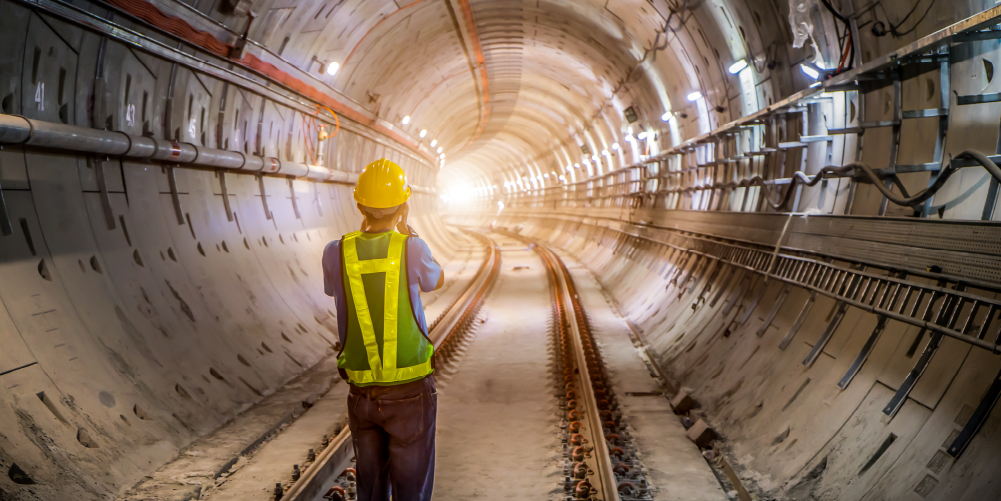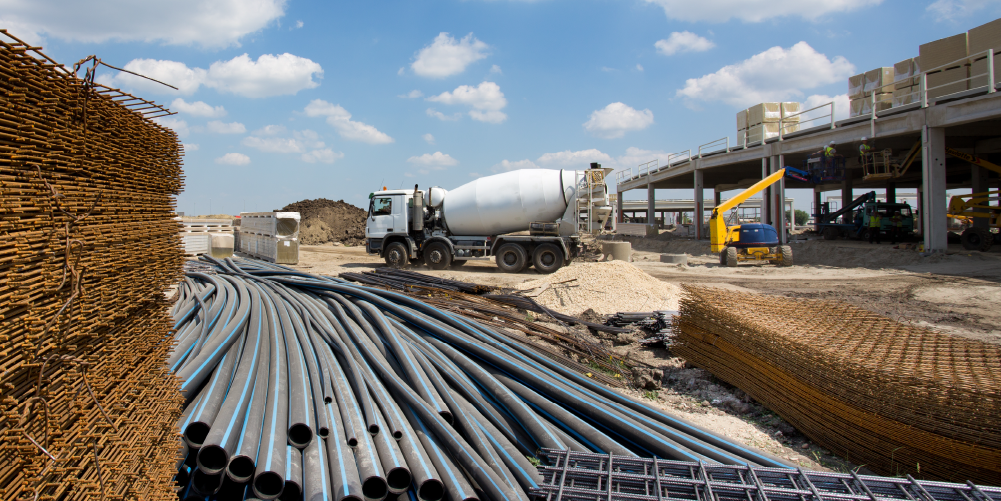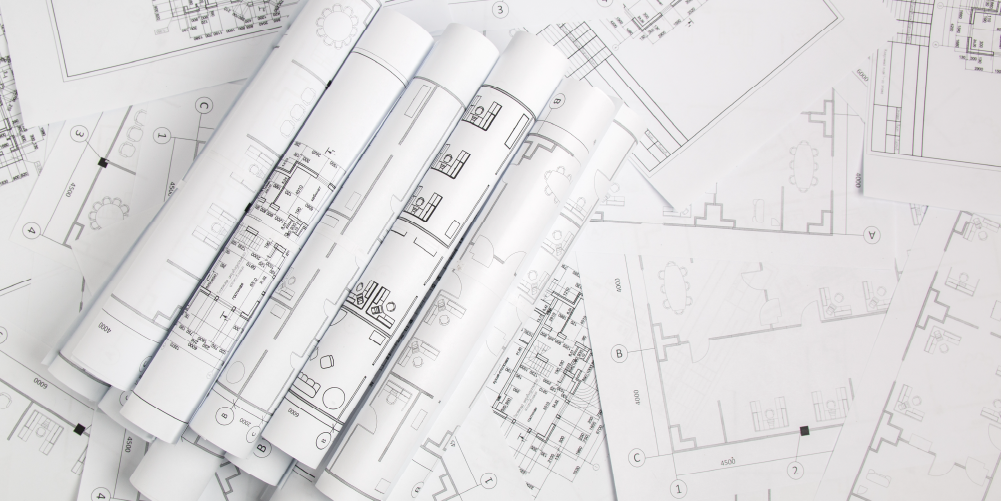— 7 min read
Construction Daily Reports: What to Include & Best Practices
Last Updated Feb 23, 2024

Daily reports in the construction industry are an integral part of the daily workflow on a jobsite. Also called daily logs, daily reports serve as a diary or a recap of the day's events, capturing the essence of what occurred throughout the workday. This document bridges communication gaps and helps mitigate risk by providing a thorough record of progress on construction projects.
This article delves deep into the components of daily reports, exploring what to include and who is involved in the reporting process. From general information to specific details, we'll provide a comprehensive look at what makes daily logs invaluable.
Contents
Table of contents
Why are daily reports important?
Daily reports play a pivotal role in improving operations. Companies can gauge project progress by continually analyzing daily reports to determine whether they are ahead or behind schedule. This consistent analysis offers insights into areas of improvement, helping companies refine their processes and enhance overall productivity.
Daily reports are pivotal not just from a project management perspective but also to address unforeseen financial impacts. Tracking inventory and tool usage helps companies better manage their resources. For instance, if there's a delay in equipment arrival or if materials delivered to the site are damaged, the daily report captures these details. Site supervisors may use this info to ensure proper disposal of the damaged materials and approve reordering the materials needed to complete the job.
Accuracy in reporting is not just about getting the facts right; it's about safeguarding the activities on the job site. Accurate logs provide a safety net, ensuring all activities are transparent and correctly documented. Daily reports often include any incident reports that need documentation, ensuring that safety protocols are adhered to and any mishaps are promptly addressed.
On a project where heavy machinery like cranes and bulldozers are operating, a site supervisor may notice a crane operator reported unusual vibrations and sounds during operation in a previous daily report. The site supervisor uses the information to halt the operation of the crane and schedules an immediate inspection by maintenance teams.
What to Include in a Daily Report
Site Leadership
The responsibility of creating daily reports falls on different individuals depending on the size and nature of the job. While site supervisors and project managers are commonly tasked with managing daily logs, other roles — such as assistant superintendents or project engineers — especially those involved in construction administration, might also take on this responsibility. Let’s dive into what these individuals should include in these daily logs.
General Information
- Date and report number: Every daily report should clearly state the date and a unique report number for easy referencing.
- Report preparer: This section should mention the name and designation of the individual who prepared the report.
- Headcount: It's essential to detail the trade partners present, any consultants or vendors that visited, and the number of hours they spent on site. This helps track crew, trade partners and other parties involved with the project.
- Location: Apart from the geolocation, such as city and state, it's beneficial to specify the particular area of the project or building — especially if it's a large-scale project. For instance, mentioning the specific floor or section of a building can provide clarity to anyone reviewing the report.
- Progress photos: Including photos, especially those highlighting significant progress or issues, can visually communicate the day's events and provide a clearer picture of the situation on the ground.
- Weather conditions: Weather plays a significant role in construction activities. Documenting the day's weather conditions can help understand the impact of weather on work activities and any potential delays or challenges it might have caused.
Work Activities
- Percentage completion: This provides a snapshot of where the project stands in terms of its overall timeline.
- Daily activities: Detailing the tasks carried out on that day and those pending offers a clear picture of the day's achievements and the road ahead.
- Work in progress (WIP): This section can highlight ongoing tasks that might span multiple days.
- Challenges: It's crucial to document any issues faced in the field, from miscommunication, disputes between contractors, or other general observations.
- Significant milestones: Highlighting milestones, like the completion of framing or the commencement of exterior work, provides a sense of achievement and direction.
Materials and Equipment
Documenting deliveries and usage of materials and equipment helps ensure that resources are tracked efficiently. This section can also touch upon inventory management, ensuring that all tools and materials are accounted for, and noting if anything was damaged during the day.
Inspections
Documenting inspections is crucial to good record-keeping. Differentiating between planned and unplanned inspections should be noted in the report. Sometimes inspections might be unexpected, and documenting them ensures that all activities are transparent and accounted for.
Safety
This section should detail any safety measures in place, including a PPE (Personal Protective Equipment) inventory checklist. Additionally, any injury reports or other safety-related documentation should be included to ensure that safety protocols are being followed.
Deep dive: How to Write a Construction Safety Report
Budget & Resources Impact
The daily activities can have implications on the project's budget. By documenting these activities and their financial implications, companies can ensure that the project remains within its budget.
Review & Sign Off
It's essential to know who reviews and approves the daily report. This section can also highlight the communication channels between the project executive and the site superintendent, ensuring that all parties are aligned.
Action Plan & Next Steps
Based on the day's report, outlining a course of action provides direction for the subsequent days, ensuring that the project stays on track and any issues are addressed promptly.
Best Practices for Daily Reports on Construction Sites
Use templates
Standardizing templates and processes for reporting streamlines communication from site leadership to subcontractors and everyone in between. Templates should be easily accessible and familiar to all stakeholders involved. Regular meetings and briefings can also ensure everyone is on the same page, reducing the chances of miscommunication.
Consistency
Consistency in reporting goes beyond just the timing. It's about ensuring that the same parameters and metrics are tracked daily, providing a clear and consistent picture of the project's progress. Creating checklists ahead of time and standardizing what needs to be captured each day ensures that reports are not left up to individual interpretation.
Accuracy
While it's essential to capture all relevant details, it's equally crucial to present them clearly and simply. Reports should be easy to understand, with specific details highlighted to ensure the reader can quickly grasp the day's events. Lowering the barrier to creating reports, making them straightforward, ensures they are done promptly, even if key personnel are too busy to complete the reports themselves.
Training opportunities
One of the primary challenges workers face is understanding the importance and ingrained nature of daily reports in their operations. Is the daily report an afterthought or a crucial part of the standardized process? Ensuring that daily reports are integral to the day-to-day activities and adequately training others on them is essential.
By making training a part of the onboarding process for site superintendents and other relevant personnel, companies can emphasize the importance of daily reports. This ensures that everyone knows what the reports are and how to access them — and underscores their significance in the overall project management process.
In the complex world of construction, precision, accountability, and communication are necessary. Daily reports are the backbone of effective project management and a catalyst for progress. By providing a real-time snapshot of a project's status, these reports foster transparency and trust between stakeholders and help ensure that potential issues are spotted and addressed promptly.
Categories:
Tags:
Written by
Bianca Holtier Coury
9 articles
Bianca Holtier Coury is Manager of Continuing Education at Procore. She spent 15+ years in various roles managing construction projects, such as Preconstruction Team Lead, Purchasing Agent, and Project Manager. She has a wealth of experience in all project phases, including managing project schedules and budgets, bid management, and coordinating vendors and subcontractors. Bianca is an Associate Member of AIA and a LEED Green Associate. She currently serves as Director of Partnerships for the Construction Progress Coalition. Bianca holds a BA in Urban Design and Architecture Studies from NYU. She lives in Cleveland, OH.
View profileBob Hanes
14 articles
Bob Hanes is a professional writer and entrepreneur. He previously worked as a military sales and applications engineer for an aerospace firm, and cofounded a biotech company that creates drug screening solutions for the pharmaceutical industry. Bob has an MBA from the University of Buffalo in Logistics, Materials, and Supply Chain Management, and a BE in Mechanical Engineering. He is an avid Buffalo Bills fan.
View profileExplore more helpful resources

Subway Construction: Building a Unique Underground World
Most major cities in the world serve the public with large transportation systems, whether they’re above-ground light rails or trains bulleting through underground tunnels. As more people move to urban...

Mitigating Subcontractor Risk: Pro Tips for General Contractors
Every construction project comes with unique risks, and assessing and mitigating subcontractor risks is necessary for general contractors (GCs) to maintain profitability and smooth operations. Effectively planning for and managing...

Just in Time Delivery in Construction: Minimizing Waste, Maximizing Efficiency
Just In Time (JIT) delivery is a foundational method of construction site logistics and inventory management. JIT involves scheduling and procuring materials to be delivered on site as close to...

Deciphering Construction Drawing Symbols
In construction, every blueprint and drawing is a complex web of information, distilled into symbols and lines that determine the work executed onsite. For those in the field, understanding these...
